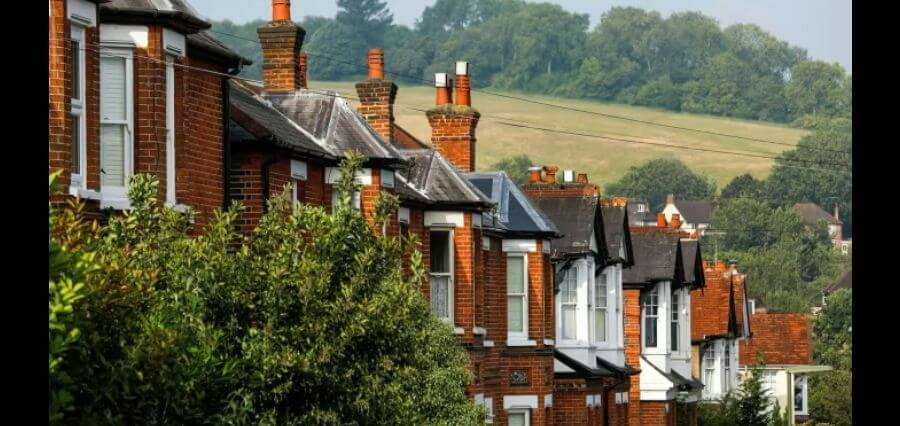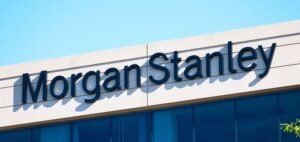House prices in the UK increased by 0.8% in July, reaching an average of £291,268, up from £289,042 in June, according to Halifax. This rise follows three months of modest increases ranging from 0.1% to 0.2%. The annual growth rate has reached 2.3%, the highest since January.
Amanda Bryden, Head of Mortgages at Halifax, attributed this growth to the recent Bank of England (BoE) base rate cut and subsequent reductions in mortgage rates by major lenders. The BoE reduced the base rate from 5.25% to 5% last week, marking the first decrease in over four years. While further substantial cuts are not anticipated, this move has buoyed expectations for continued growth in house prices for the remainder of the year.
Following the BoE’s decision, lenders such as Halifax, NatWest, and Santander have reduced mortgage rates by up to 0.20 percentage points. Nationwide has introduced a mortgage rate below 4% for new buyers. Sam Mitchell, CEO of Purple bricks, observed increased market confidence and a surge in buying activity driven by these rate adjustments.
Despite these positive trends, affordability constraints and limited property availability remain challenges for potential buyers. London continues to have the highest average property price at £536,052, a 1.2% increase from the previous year. Northern Ireland saw the largest price rise, with a 5.8% increase to £195,681, while the North-West of England experienced a 4.1% rise, bringing the average to £232,489.
Amy Reynolds, Head of Sales at Antony Roberts, cautioned that lower mortgage rates might lead to higher property prices due to increased demand. Additionally, research by the Royal Institution of Chartered Surveyors (RICS) shows heightened optimism among property professionals, with a net balance of 30% expecting an increase in house sales over the next three months—the highest level of confidence since January 2020.
Read More: Click Here








